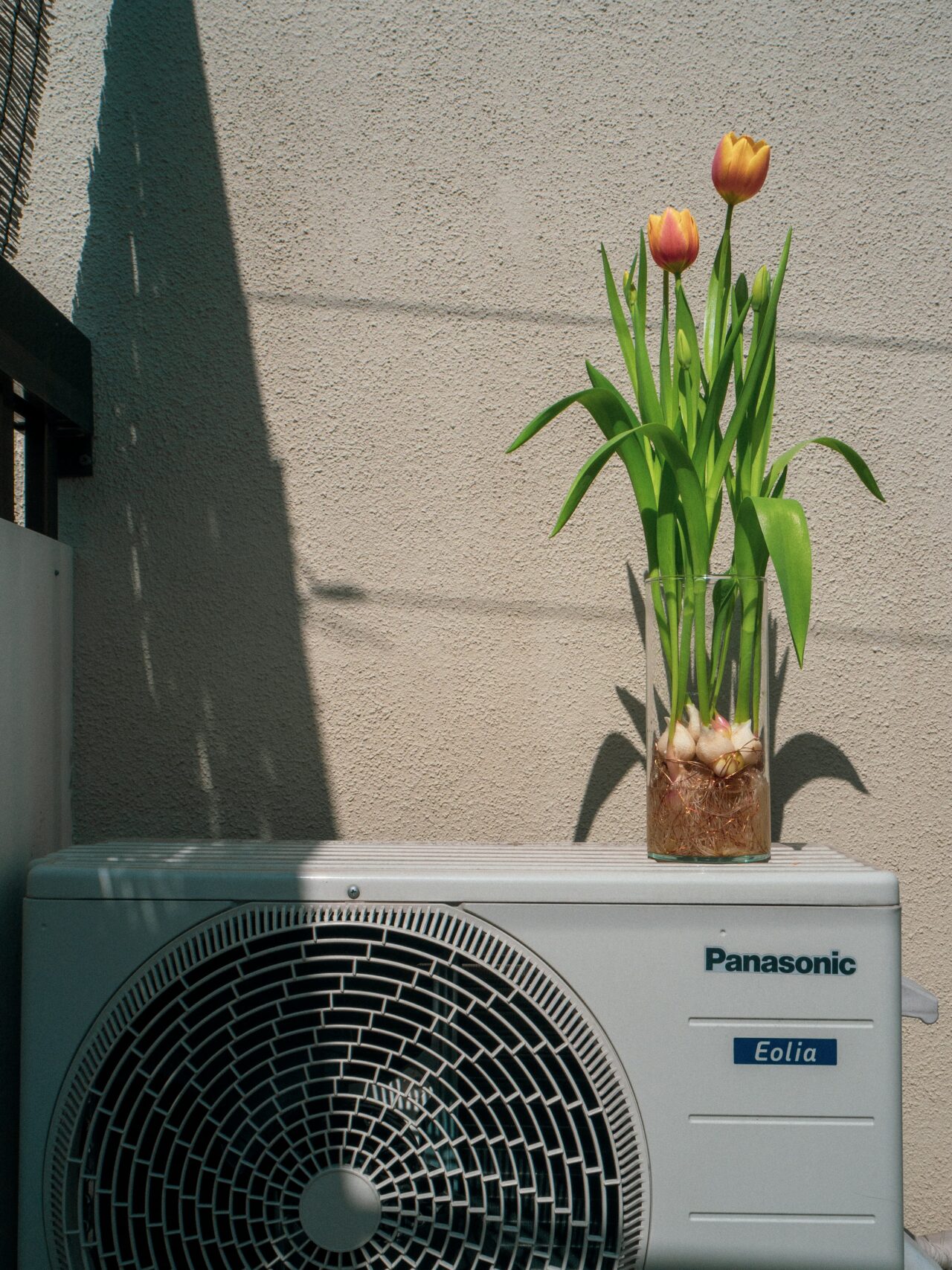As we step into the peak of summer heat, we thought it would be the perfect time to lift the veil on a household hero – your air conditioner. Understanding how this crucial piece of technology operates will not only satisfy your inner geek. It will also equip you with the necessary knowledge to ensure optimal performance and efficiency. So, let’s dive into the cool and comforting world of air conditioning!
What is Air Conditioning?
In simple terms, air conditioning alters air properties (primarily temperature and humidity) to more comfortable conditions. Contrary to popular belief, air conditioning is not just about cooling air—it also encompasses heating, ventilation, and air cleaning.
The Science Behind Air Conditioning
The main principle behind air conditioning is the phase conversion of a refrigerant. This refers to the ability of a substance to absorb and release heat as it changes from a liquid to a gas and back again. In an air conditioning unit, the refrigerant begins as a low-pressure gas in the evaporator coil. As the warm indoor air passes over this coil, the heat energy from the air is transferred to the refrigerant, causing it to evaporate into a high-pressure gas. This process cools the air that is then circulated back into your home.
The compressor then pressurizes the high-temperature gas and moves it to the condenser coil located outside your home. As outdoor air blows over the condenser coil, the heat energy from the refrigerant is released into the outside air, causing the refrigerant to condense back into a low-pressure liquid. This cycle continues until your home reaches the temperature set on your thermostat.
Air Conditioning Components
Your air conditioner consists of four main components:
- Evaporator: Absorbs heat from the indoor air.
- Compressor: Pressurizes the refrigerant and moves it along.
- Condenser: Releases the absorbed heat to the outdoors.
- Expansion Device: Regulates the amount of refrigerant going into the evaporator.
Air Conditioning and Humidity
An essential but often overlooked function of an air conditioner is dehumidification. The air’s humidity level greatly influences our perception of comfort. As your air conditioner cools the indoor air, it also removes moisture. This happens as the warm, humid air from your home comes into contact with the cold evaporator coil and condenses, much like water droplets forming on a cold glass on a hot day.
Efficiency and Maintenance
The efficiency of an air conditioner is measured by its Seasonal Energy Efficiency Ratio (SEER). A higher SEER rating means greater energy efficiency. Regular maintenance, such as cleaning or replacing filters and scheduling professional check-ups, is crucial to keep your unit running at its peak efficiency. Understanding the basics of air conditioning can empower you to make better decisions about HVAC upgrades, maintenance, and energy efficiency. It can also help you in those dreaded moments when something goes wrong.
At Comfort Masters, we’re here to help with all your air conditioning needs. From routine maintenance to emergency repairs, we’re just a call away. Stay cool, comfortable, and informed with Comfort Masters! Stay tuned to our blog for more insights into the fascinating world of plumbing, heating, and air conditioning.





